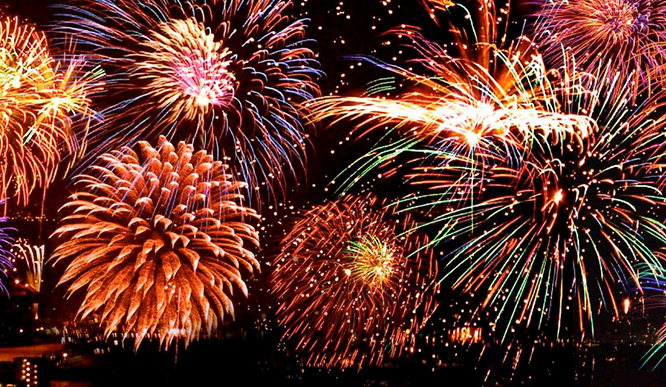 One moment, the young girl was enjoying the sights and sounds of “Red White and Boom!” with her family and friends. The next, she felt severe pain and burning in her left eye and began screaming. Her mother panicked, not knowing what had happened, but soon she realized something was very wrong with her daughter’s eye. A fragment from an exploded rocket had descended and landed directly on her eye, burning the cornea and exposing the delicate nerve endings.
One moment, the young girl was enjoying the sights and sounds of “Red White and Boom!” with her family and friends. The next, she felt severe pain and burning in her left eye and began screaming. Her mother panicked, not knowing what had happened, but soon she realized something was very wrong with her daughter’s eye. A fragment from an exploded rocket had descended and landed directly on her eye, burning the cornea and exposing the delicate nerve endings.
As the doctor on call for our practice, I received a call from the EMT on the scene who had irrigated the eye with saline and placed a protective patch and shield on the damaged eye. I met them in the emergency room where, after applying an anesthetic, I was able to carefully examine the eye. It showed an extensive burn to the front surface, which was significantly reducing her vision. With careful removal of damaged tissue and intensive treatment, the burn resolved slowly over several weeks, resulting in only a small scar that reduced her vision very slightly.
This situation is an example of how quickly fireworks can damage the eye. As a member of the American Academy of Ophthalmology, I have supported the efforts of my specialty society to reduce the number of eye injuries associated with the use of fireworks, and again this year, wish to remind our patients that prevention is the most important factor to achieve this goal.
More than 9,000 firework injuries happen each year with 1 in 8 of them harming the eyes. Common injuries include burns, lacerations, abrasions, retinal detachment, optic nerve damage and ruptured eyeballs. But not everyone injured is handling the explosives. Half of people injured by fireworks are bystanders and many of them are children. Even sparklers can burn more than 1,000 degrees hotter than boiling water.
Fireworks Safety Tips
The American Academy of Ophthalmology advises that the best way to avoid a potentially blinding fireworks injury is by attending a professional public fireworks show rather than purchasing fireworks for home use. Even then, injuries can occur as we saw with our young patient from “Red White and Boom!” So if you plan to attend a community fireworks display, the American Academy of Ophthalmology recommend the following:
- Respect safety barriers at and view fireworks from at least 500 feet away.
- Do not touch unexploded fireworks; instead, immediately contact local fire or police departments to help.
- If debris from exploded fireworks strikes your eye, flush immediately with water and locate the nearest emergency medical volunteers.
For those who decide to purchase consumer fireworks because they live in states where they are legal, the American Academy of Ophthalmology recommends the following safety tips to prevent eye injuries:
- Never let children play with fireworks of any type, even sparklers.
- Adults handling fireworks should always wear protective eyewear that meets the parameters set by the American National Standards Institute and ensure that all bystanders are also wearing eye protection.
- Leave the lighting of professional-grade fireworks to trained pyrotechnicians.
What to do for a fireworks eye injury
If an eye injury from fireworks occurs, remember:
- Seek medical attention immediately.
- Do not rub your eyes.
- Do not rinse your eyes.
- Do not apply pressure.
- Do not remove any objects that are stuck in the eye.
- Do not apply ointments or take any blood-thinning pain medications such as aspirin or ibuprofen.
Wishing all of you a safe and happy Fourth of July weekend.



